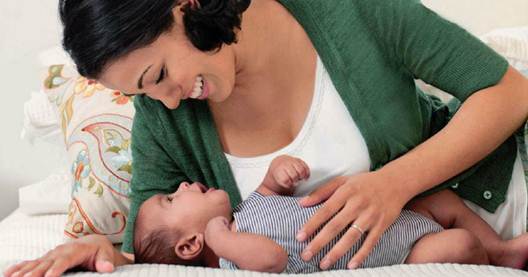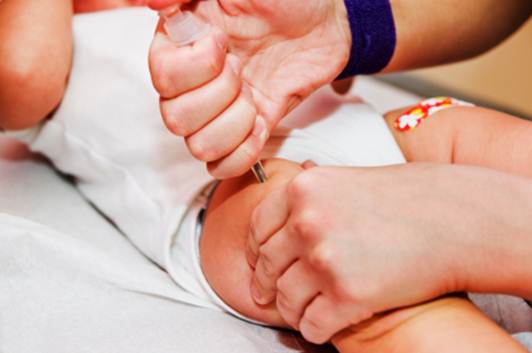Staying healthy: What a Newborn Truly Needs
In the first few weeks, focus on keeping
her well fed, comfortable, and feeling loved. So what else does your cutie
require? We asked the experts.
After giving birth to my son, I couldn’t
wait to leave the hospital, picturing sweet snuggle-fests, leisurely stroller
walks, and the fun of dressing him in his tiny outfits. But once we were home,
reality set in. Life became a series of 24-hour breastfeeding, catnapping,
diaper-changing marathons that rolled one into the next. Forget giving Noah
tummy time, or reading him the lovely board books I had so carefully lined up
on his bookshelf, I could barely manage to squeeze in a nice shower.

As a former American baby editor, I knew
all the things I was supposed to be doing – and I worried that, right off the
bat, I was neglecting my little one’s health and development. Little did I
know, I shouldn’t have been so sick with worry. In those earliest days. Baby
needs your TLC more than anything else, says Dr. Anita Chandra-Puri, a
paediatrician at Northwestern Memorial Physicians Group, in Chicago, US. “You
also need to pay attention to your own recovery, especially if you had a
C-section.” So what’s really worth your precious energy? Let me help you
prioritize.
Do it now back to sleep

One
common misconception is that DTaP vaccines are associated with SIDS
From the moment you first put your angel in
her hospital bassinet, place her on her back. It’s one of the best precautions
against sudden infant death syndrome (SIDS), and suffocation. “SIDS is not very
common, but it’s devastating,” says Dr. Robert Wiskind, a paediatrician, in
Atlanta, US.
Learn how
At first, Baby will probably fall asleep
while feeding. Swaddle her – before she starts feeding, if you want – and then
lay her on her back. Older relatives may tell you that babies sleep better on
their stomach, but if you put your infant on her back from the start, that’s
how she’ll learn to snooze, says Dr. Wiskind.
Other safe shut-eye practices you should
follow: Clear the crib of anything but a firm mattress, fitted sheet, and your
baby. Ensure that your baby doesn’t coil around her little blanket in the crib.
If you must have her right next to you (for feeding), make sure you use a
cosleeper (a bassinet that attaches to the bed).
Do it later bath time fun

Water, tile surfaces, and slippery babies
can make for a scary combo. Fortunately, baths are one thing you don’t have to
dive into right away. Until your infant’s umbilical cord stump falls off, he
shouldn’t be submerged. Instead, take a warm washcloth and dab his neck, diaper
area, behind his ears, and any other grimy spots. “Babies don’t really get that
dirty,” Dr. Widkind says. Still, within the first month, once the cord stump is
gone, your sweetie should have his first dip.
Learn how
Do a little prep work before you tackle
this sometimes daunting task, says Dr. Laura Jana, co-author of Heading Home
With Your Newborn. “Have everything within arm’s reach,” Dr. Jana says –
because you should always keep one hand on your child.
Fill the infant tub with an inch or so of
lukewarm water, and lean your newborn back. You can use mild baby wash, but
it’s not necessary. The diaper area is one of the few spots that gets less than
baby-fresh at this stage. “If bath time becomes a pleasant ritual, you can do
it daily. But if it’s causing stress, just a couple of times a week is fine,”
Dr. Wiskind says.